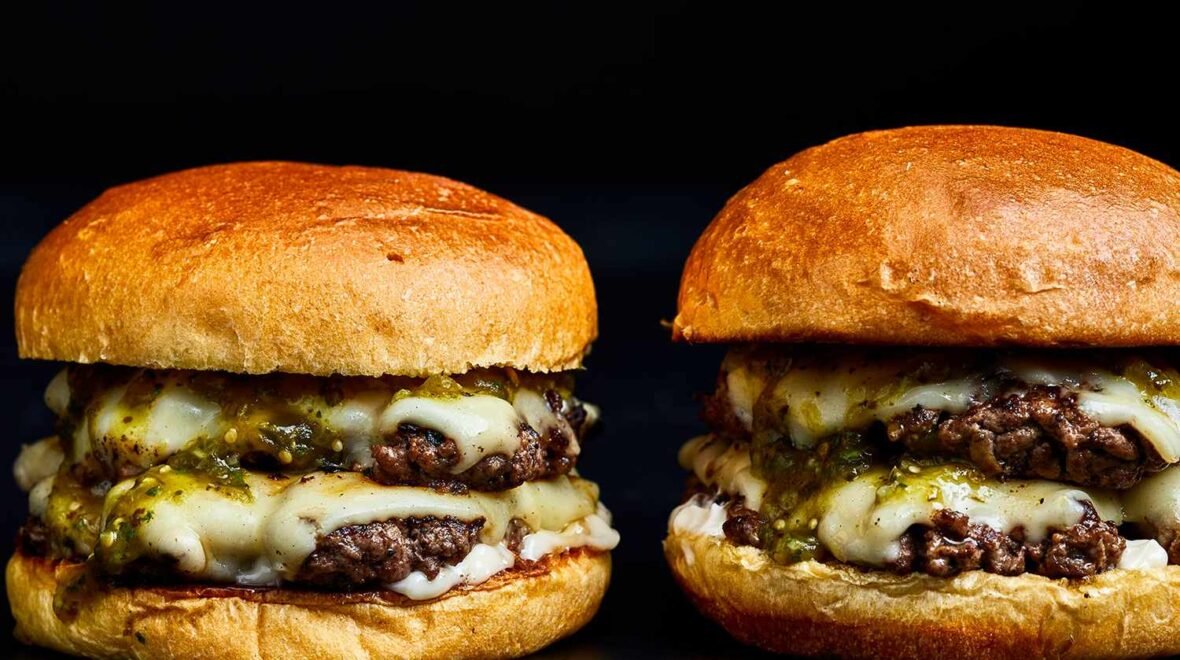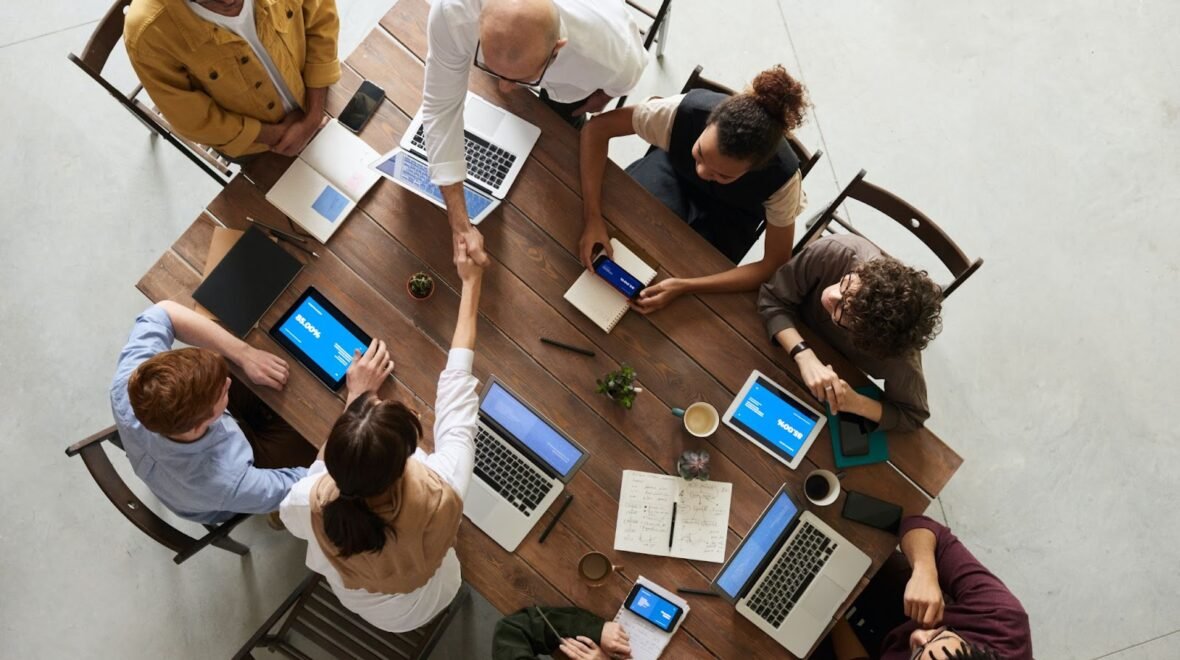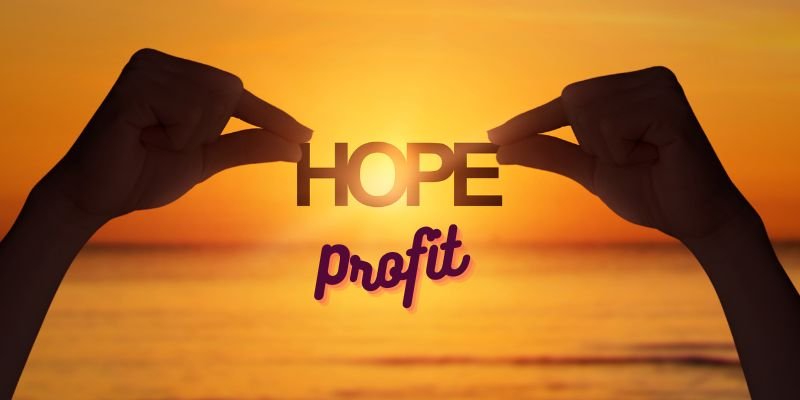fry them in a little butter and balsamic vinegar, with salt and pepper.
Father of 3
Husband of 30 Years
Founder
Director
Father of 3
Husband of 30 Years
Founder
Director
Buying a used car under $3,000 can be a great way to save money and get a reliable car. However, it’s important to be careful and to do your research before you buy.
Choosing the right CRM software for your startup is an important decision. A good CRM can help you to manage your customer relationships more effectively, track your sales pipeline, and improve your overall customer satisfaction. But with so many different CRM options available, it can be tough to know which one is right for you.
We’re very outspoken about running a profitable company in an industry (software and apps) that so often mistakes potential and…



